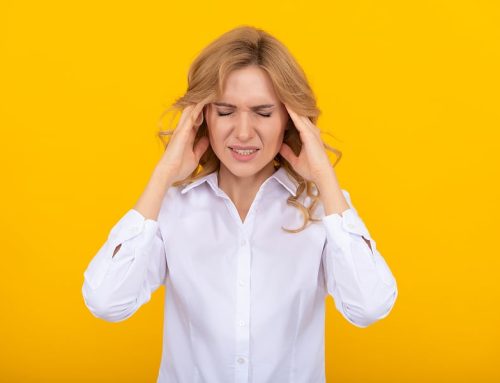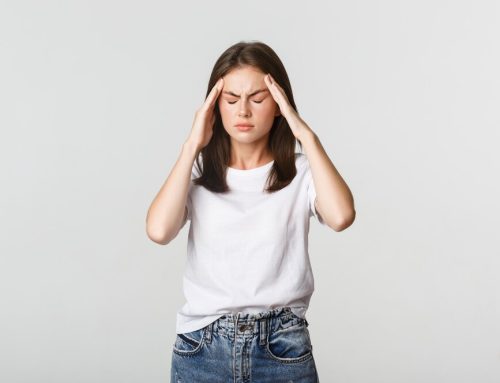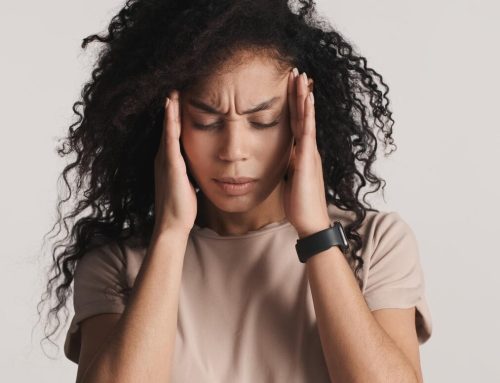 Thousands of people seek headache and migraine relief in Sioux Falls. However, not all of them can put into words how they feel, let alone determine if their symptoms point to a simple headache or a complex migraine episode. And because of this, many people fail to find a remedy that works for their case. If you share the same dilemma, our roundup of the eight types of headaches might help you name the headache you have and how to cope with its symptoms.
Thousands of people seek headache and migraine relief in Sioux Falls. However, not all of them can put into words how they feel, let alone determine if their symptoms point to a simple headache or a complex migraine episode. And because of this, many people fail to find a remedy that works for their case. If you share the same dilemma, our roundup of the eight types of headaches might help you name the headache you have and how to cope with its symptoms.
Table of Contents
1. Common migraines
According to reports, about 39 million experience common migraines in the United States. It’s a chronic condition that causes a laundry list of problems ranging from crippling headaches to sensory sensitivity. Here are some of its distinguishing characteristics:
- Pulsating or throbbing pain that lasts anywhere from 4 to 72 hours and affects one or both sides of the head
- Symptoms that come about because of factors such as sleeping pattern changes, hormonal fluctuations, and increased/decreased caffeine intake
- Having distinctive phases (prodrome, aura, headache, and post-drome)
2. Chronic daily headaches
If you observe headaches several days a week for three months, you likely have chronic daily headaches. Like common migraines, chronic daily headaches can affect both sides of the head. However, instead of causing pulsating pain, this type of headache causes a pressing or tightening sensation. Any of the following health conditions can cause it:
- Swelling cerebral blood vessels
- Traumatic brain injury
- Brain tumor
- Brain infection
- Low or high intracranial pressure
3. Tension headaches
Tension headaches are prevalent headaches triggered by an anxiety attack, stress, and poor posture. The pain can last from half and hour or more but rarely cause crippling effects. Most people who experience tension headaches manage their pain with medication. They rarely seek emergency care because their symptoms fade gradually.
4. Rebound headaches
Taking medications in excessive amounts for a prolonged period can lead to problems such as rebound headaches. It causes pain similar to a typical headache and migraine attack. However, it only gets triggered when you stop taking medications. If you have this type of headache, you must lessen the dosage of pain relievers you take or undergo supervised detoxification.
Alternatively, you can speak to your physician or neurologist and try alternative options for migraine relief in Sioux Falls like upper cervical chiropractic, aromatherapy, and acupuncture. This way, you can get rid of the symptoms naturally.
5. Menstrual headaches
Women who have reached reproductive maturity are at risk of experiencing painful and debilitating menstrual headaches. The symptoms of menstrual headaches usually appear a few days before a woman gets her period. However, there are instances when the headaches and other menstrual headache symptoms happen during and after the period because of hormonal fluctuations.
6. Cluster headaches
Cluster headaches rarely last more than three hours. However, they recur in a cyclical pattern followed by a brief period of remission. Besides headaches, this condition causes other symptoms, including:
- Noticeable tearing or redness in the eyes
- Nasal congestion limited to one side of the nose
- A painful sensation that radiates from one of the eyeballs
7. Sinus headaches
Many people confuse migraine attacks for sinus headaches (and vice versa) because they share a few similarities. However, studies note that sinus headaches are rare because they result from a bacterial or viral infection, unlike migraine headaches. To distinguish between migraines and sinus headaches, you can use the ID migraine questionnaire. Alternatively, you can watch out for fever or foul-smelling breath – two symptoms that rarely occur during a migraine episode.
8. Ice cream headaches
Ice cream headaches or brain freeze are generally harmless. However, they can still cause discomfort, especially if you love indulging in frozen treats. The painful sensation happens because of the surge of blood that flows into the brain’s artery. So it’s a good idea to drink something warm or press your tongue on the roof of your mouth. You can also try sucking your thumb or keeping the liquid or food product in your mouth for a few seconds before swallowing.
Try Upper Cervical Care to Get Headache and Migraine Relief in Sioux Falls
Without a doubt, headaches and migraines can disrupt plans and impact a person’s well-being. Thankfully even if you’re not sure what specific type of headache you have, you can find lasting relief through upper cervical chiropractic care. As it turns out, headaches and other migraine symptoms develop or worsen because of cervical subluxation or C1 and C2 bone shifting.
This is because misaligned upper neck bones can press on highly vulnerable tissues like the brainstem and your cerebral blood vessels. When this happens, the brainstem fails to function correctly, and your brain fails to get enough oxygen and nutrients.
If your headaches or migraine attacks seem to get worse, it may be worth trying to schedule an appointment with Dr. Casey Weerheim. This way, you can get your neck bones examined, and you can receive the required adjustments to fix the possible root cause of your health complaints.
Whether you’re an old or new patient of Upper Cervical of Sioux Falls, you can reach us at (605) 275-6900. You can also send our team a message through our online contact form. We look forward to helping you cope with migraines and other types of headaches.
To schedule a complimentary consultation with Dr. Casey Weerheim call our Sioux Falls office at 605-275-6900. You can also click the button below.
 If you are outside of the local area, you can find an Upper Cervical Doctor near you at www.uppercervicalawareness.com.
If you are outside of the local area, you can find an Upper Cervical Doctor near you at www.uppercervicalawareness.com.






